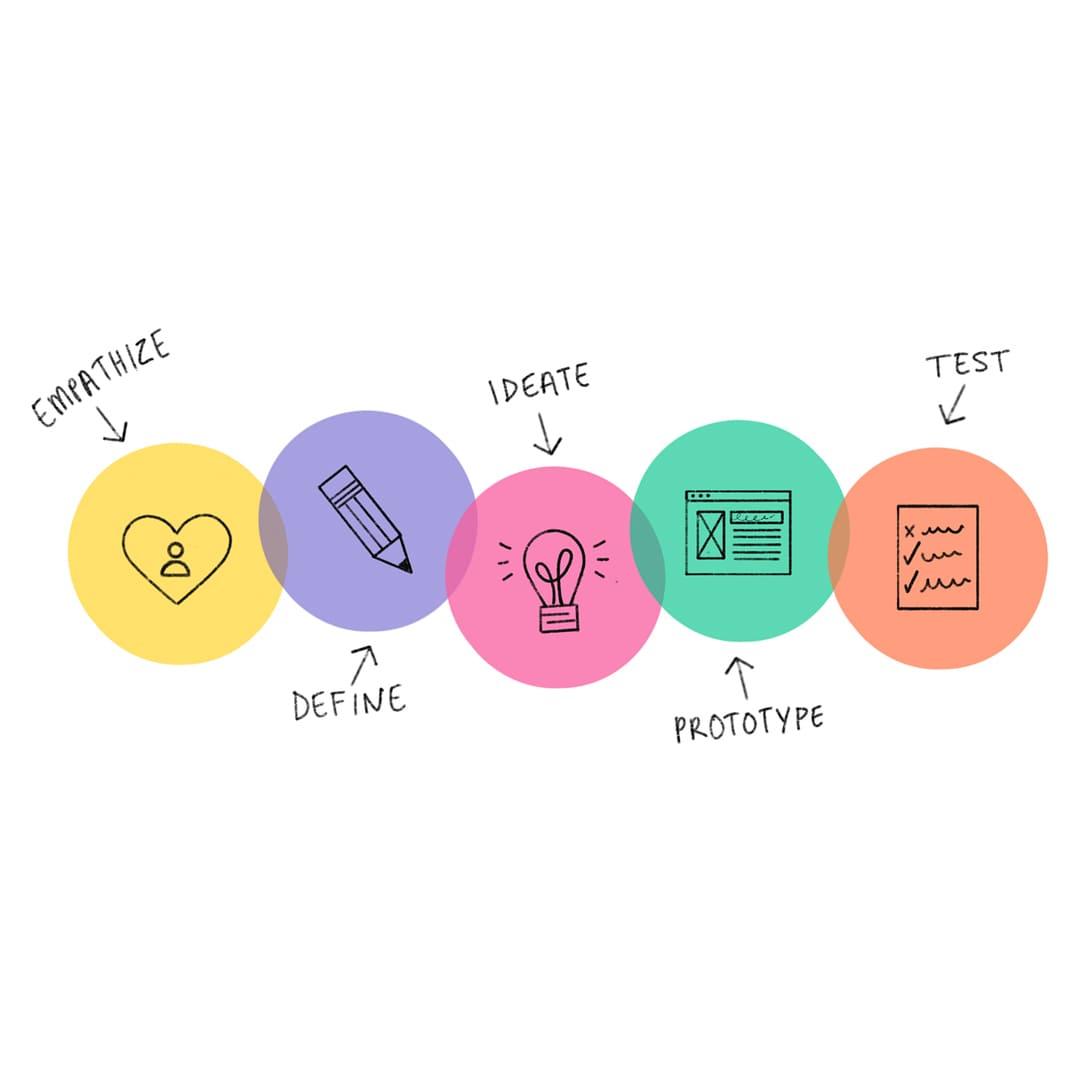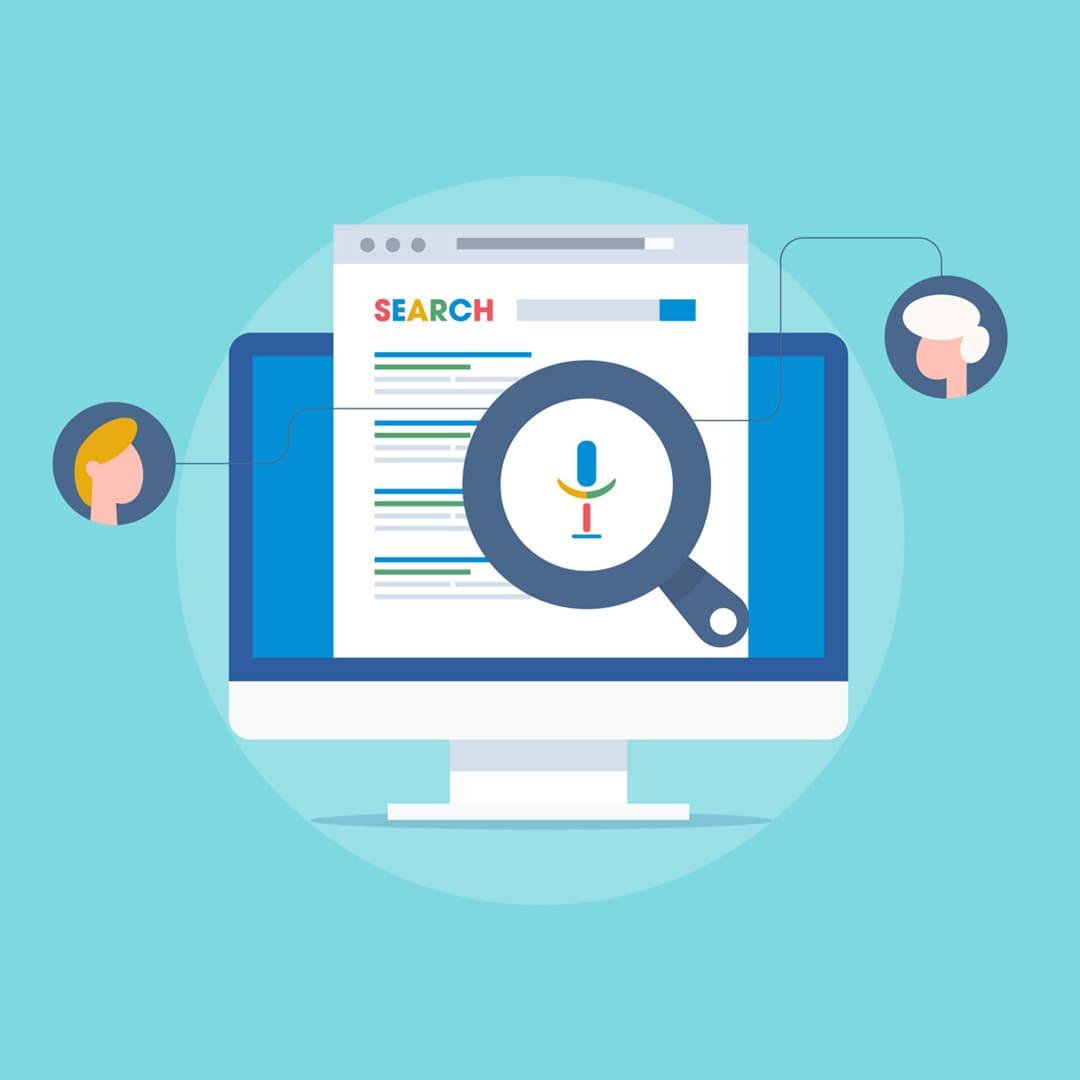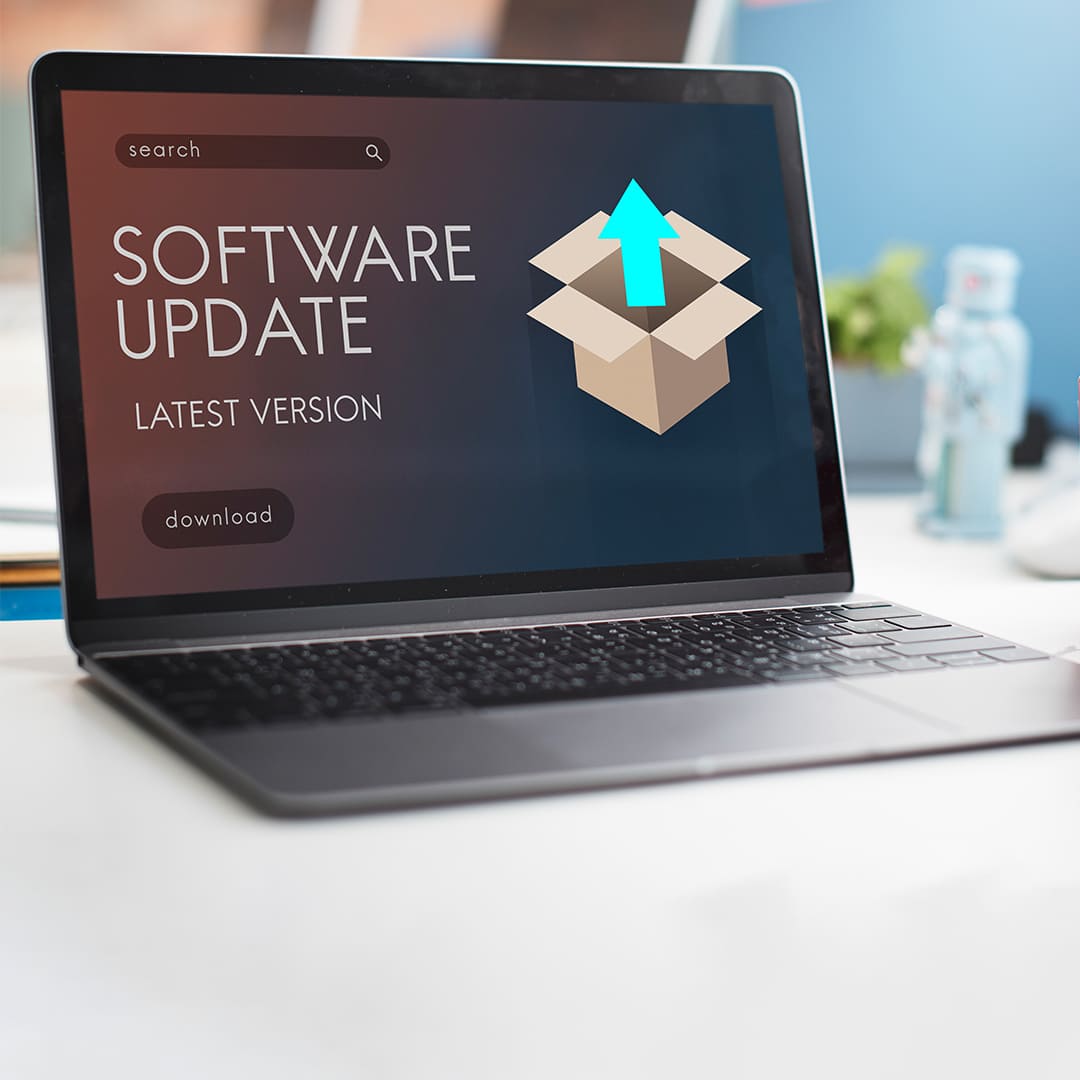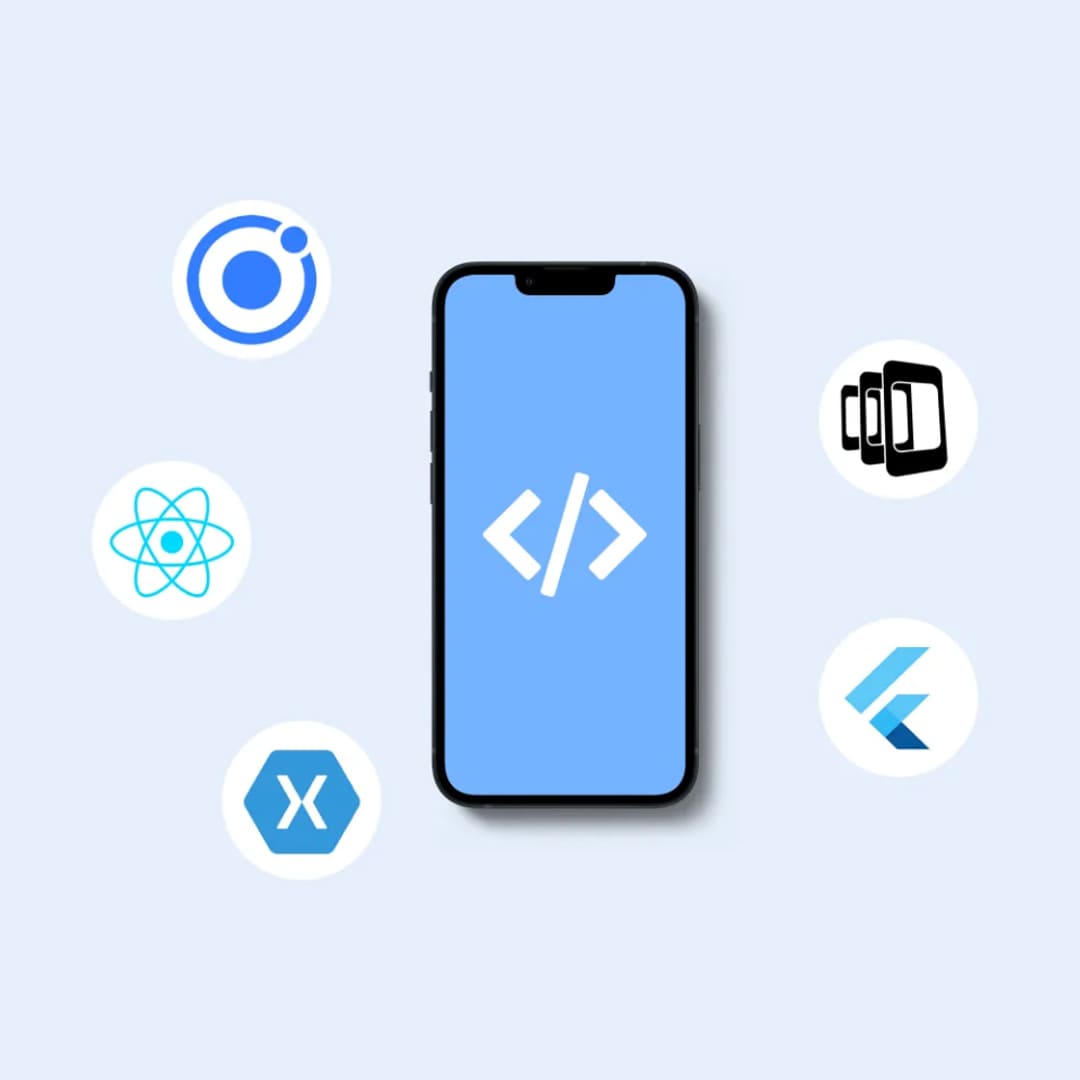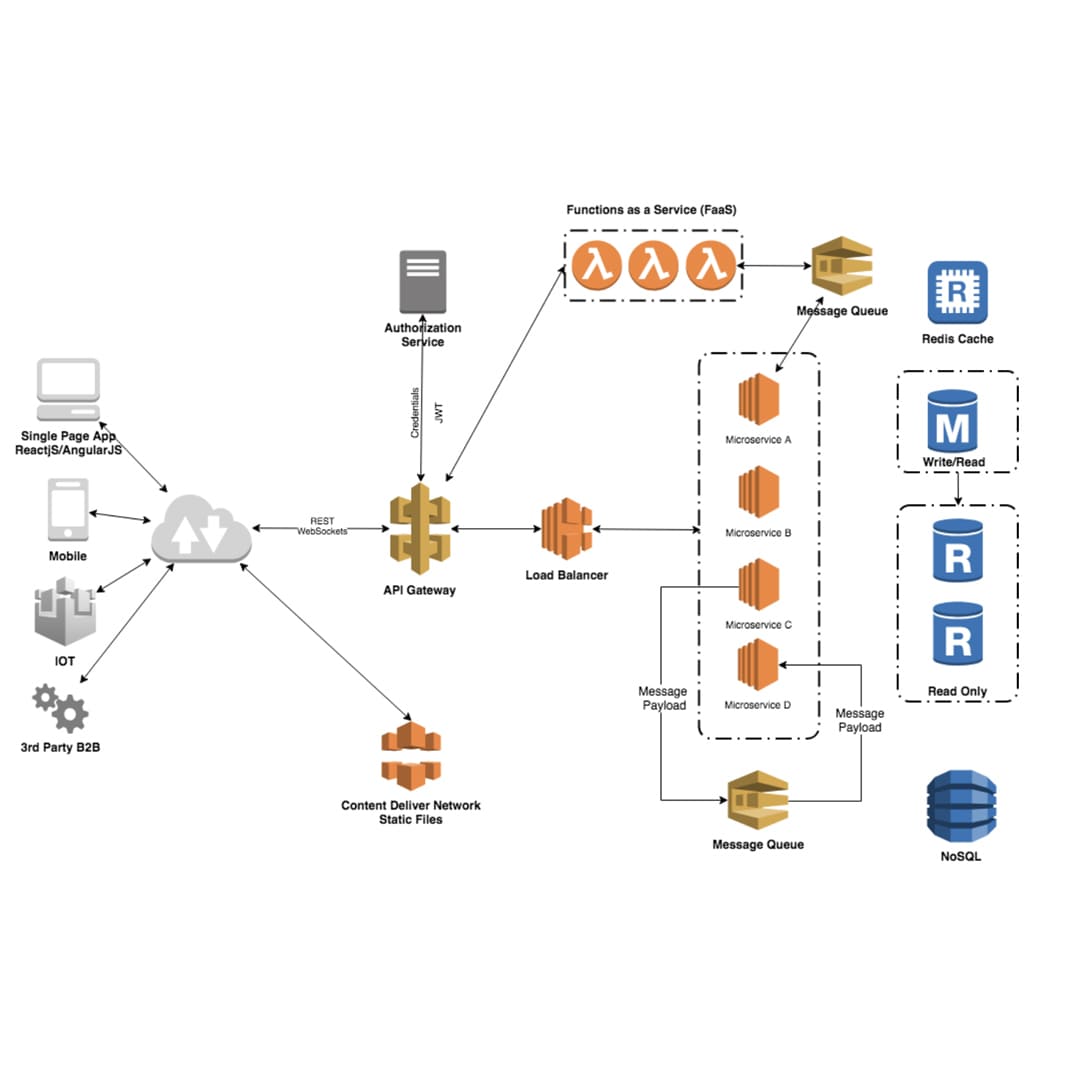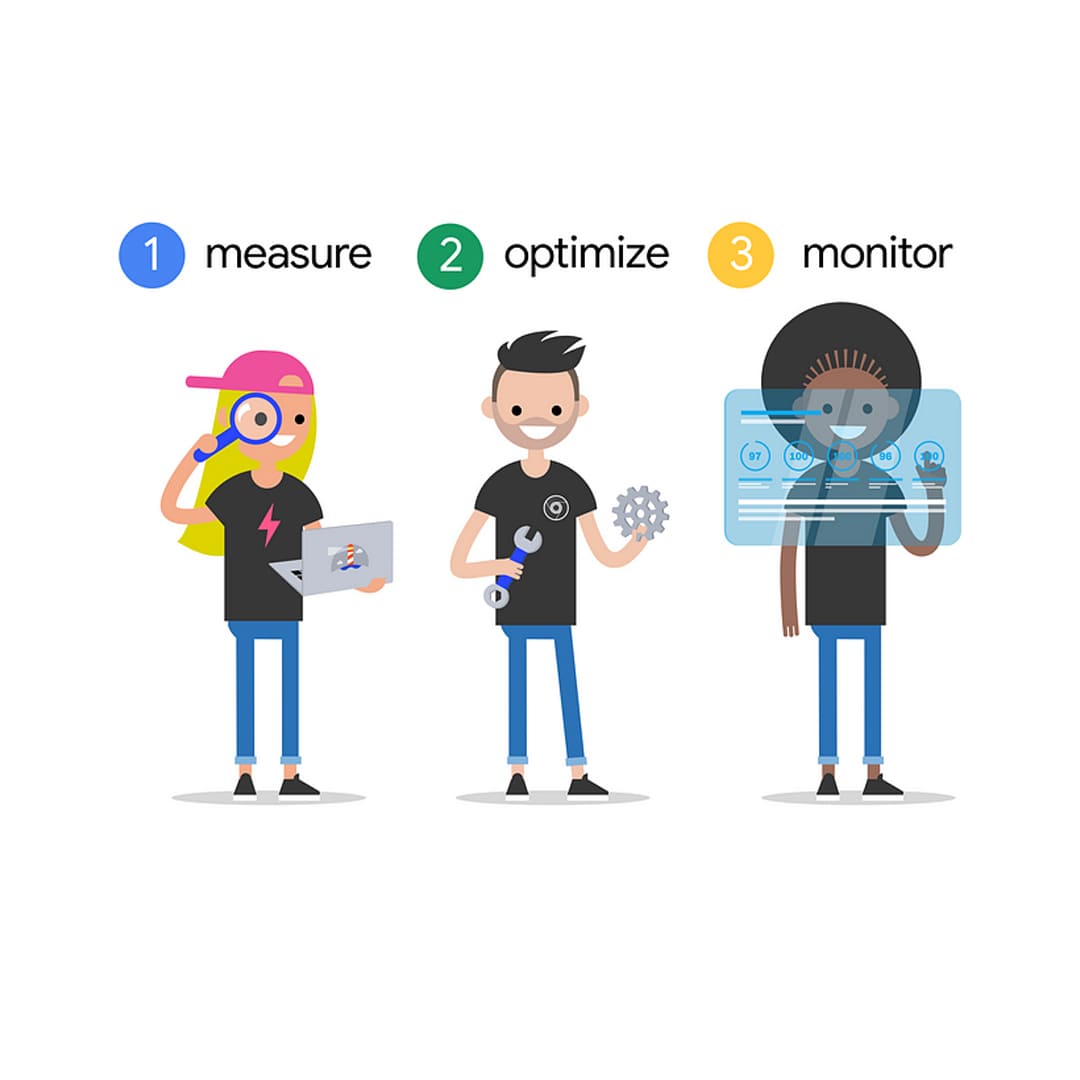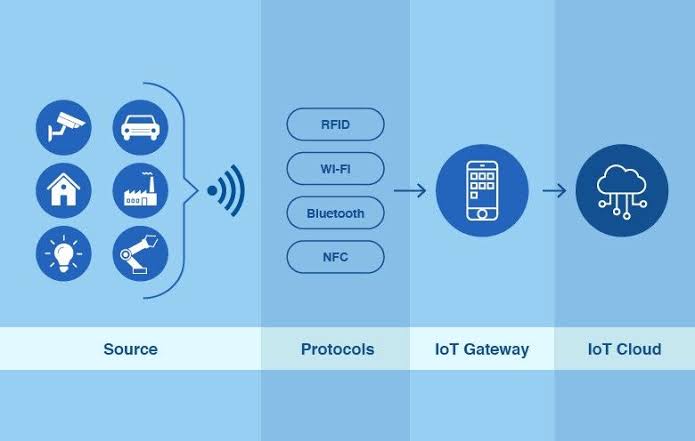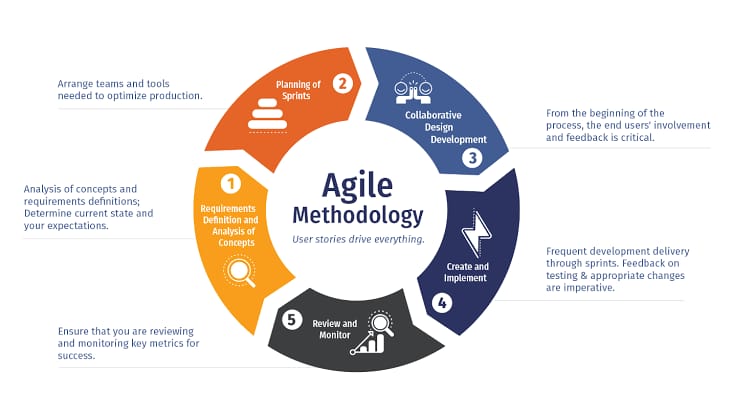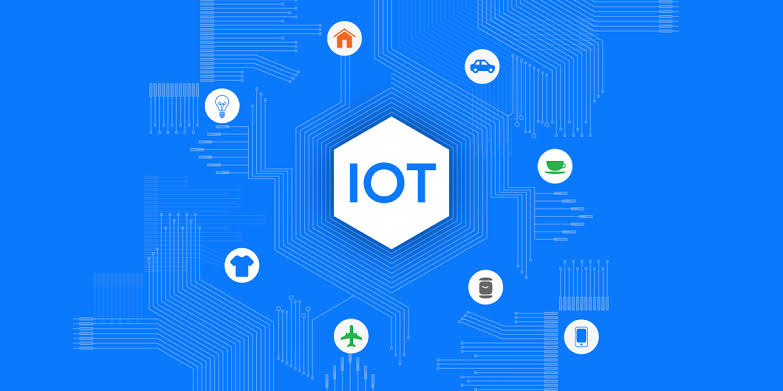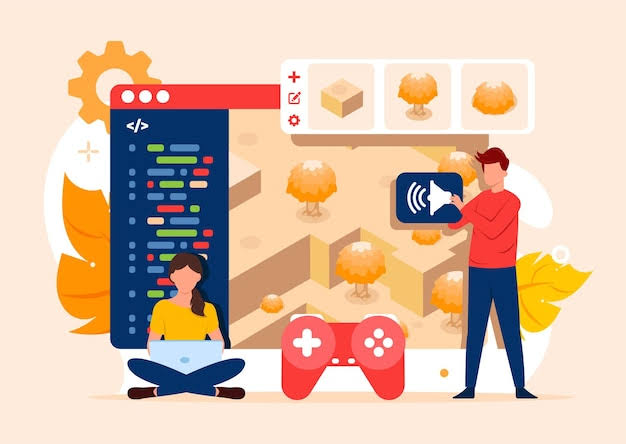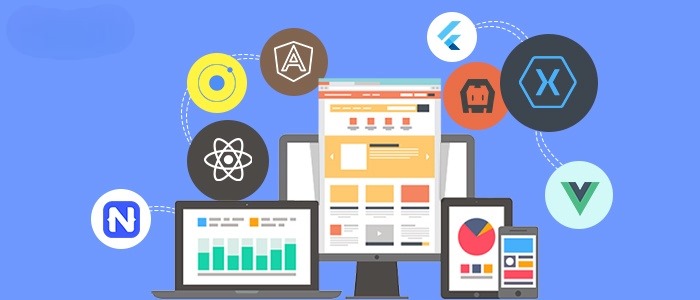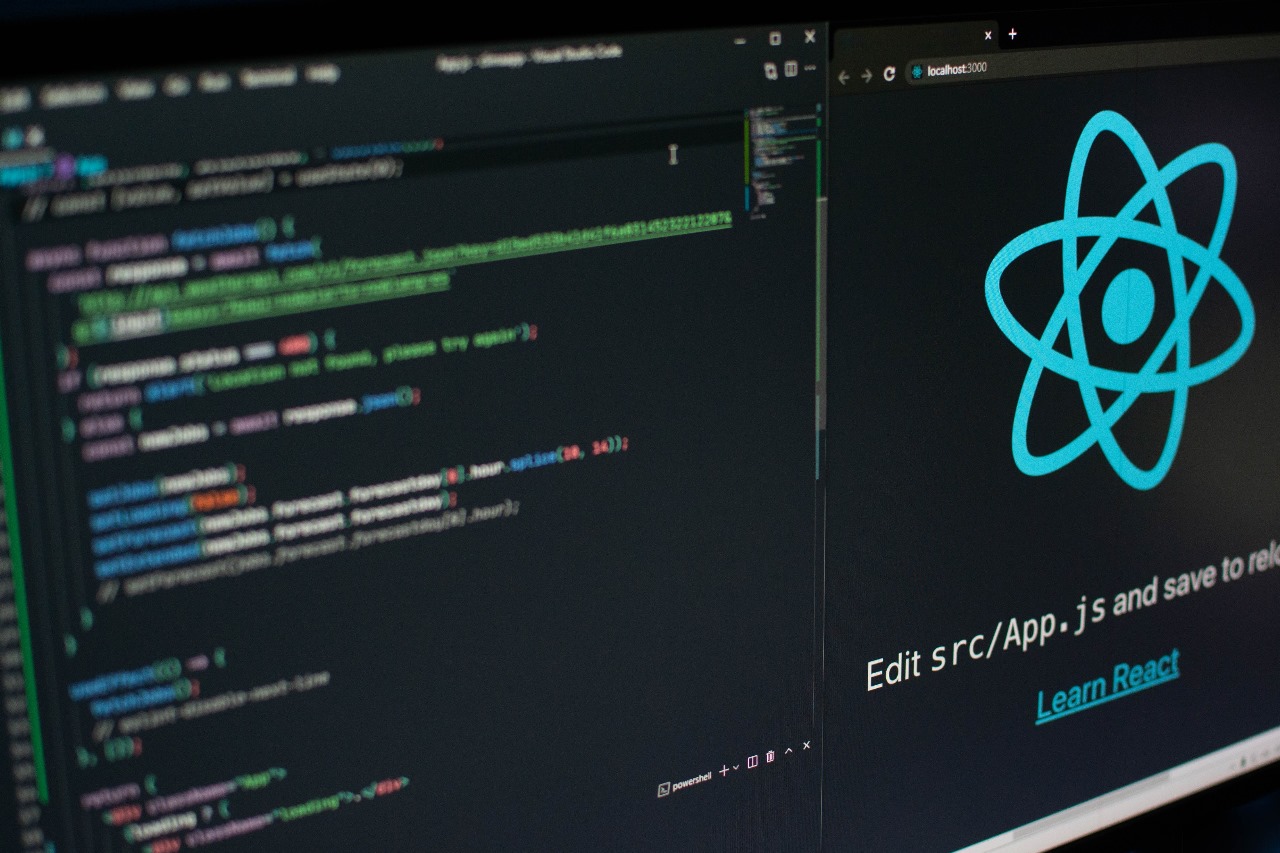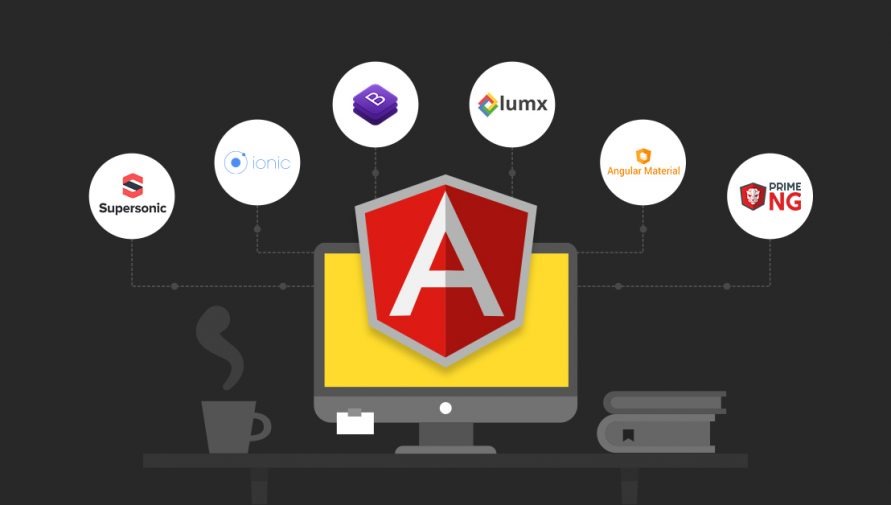The Secrets to Software Quality: Code Refactoring and Code Review

In the fast-paced realm of software development, where innovation meets rigorous demands for quality, two fundamental practices stand as sentinels of code integrity and project success: Code Refactoring and Code Review. The software development lifecycle's two pillars are essential components that actively guard against errors creeping in, maintainability deteriorating, and code quality slipping. This study delves into the essential roles of code refactoring and code review in the software industry, exploring their relevance, methodologies, best practices, and outcomes. Emphasizing the significance of these activities, it underscores how applying these two pivotal software development techniques is imperative for ensuring code quality, maintainability, and reliability. The software development life cycle includes these two procedures, which are crucial for producing high-quality software. We will go further into the ideas of code reorganization and code review in this extensive blog article, considering their importance, best practices, and consequences on software development.
Code Refactoring
Refactoring existing code involves making changes inside without affecting its external behavior. The basic objectives of refactoring are to increase the code's readability, maintainability, and usability. These goals can be accomplished and the code base's general quality can be raised by making small, gradual changes to it.
Advantages of code refactoring
- Improved Readability: Refactored code tends to be simpler to comprehend, which makes it easier for developers to develop and update.
- Enhanced Maintainability: Refactoring minimizes technical debt, making the software easier to grow and maintain over time.
- Refactoring can aid in both the detection and correction of defects as well as their avoidance altogether.
- Performance Optimization: It offers a chance to improve the performance of the code.
- Code Reusability: Refactored code often leads to more modular and reusable components.
Common Code Refactoring Techniques
- Several code refactoring techniques can be applied depending on the specific goals and context of the code base:
- Extract Method: Breaks down large functions into smaller, more manageable ones.
- Rename Variables and Functions: Improves code readability by using meaningful names.
- Remove Duplicate Code: Eliminates redundancy in the code base.
- Replace Magic Numbers with Constants: Enhances code maintainability by using named constants instead of hard-coded values.
- Introduce Design Patterns: Applies well-established design patterns to solve common problems.
Reviving Legacy Code: Effective Strategies for Refactoring
- Refactoring legacy codebases can be a challenging but essential task for maintaining and improving software systems. Legacy code is typically characterized by outdated, complex, and hard-to-maintain code that can hinder development progress. Here are some effective strategies for refactoring legacy codebases:
- Understand the Codebase: Before making any changes, take the time to thoroughly understand the existing codebase. Identify key components, dependencies, and areas that require improvement. Document your findings to serve as a reference during the refactoring process.
- Start with a Clear Goal: Define clear objectives for the refactoring effort. Are you aiming to improve code readability, reduce technical debt, enhance performance, or address specific issues? Having a well-defined goal will guide your refactoring decisions.
- Incremental Refactoring: Instead of attempting a complete rewrite, break down the refactoring into smaller, manageable tasks. Prioritize the most critical and high-impact areas first. Each incremental step should leave the codebase in a better state without disrupting functionality.
- Code Comments and Documentation: As you refactor, update code comments and documentation. This is crucial for helping other developers understand the changes you've made and why you made them.
- Consistent Coding Standards: Enforce coding standards and style guidelines consistently throughout the codebase. Code style inconsistencies can hinder readability and maintenance.
- Refactor Duplicate Code: Identify and remove duplicated code. Repeated patterns and logic should be encapsulated in functions, classes, or modules to reduce redundancy.
- Break Down Large Functions/Methods: Large and complex functions or methods are often sources of confusion and errors. Break them down into smaller, more focused functions with clear responsibilities.
- Simplify Conditional Statements: Simplify and refactor complex conditional statements (if-else, switch-case) to improve code readability. Consider using polymorphism or design patterns to handle branching logic more elegantly.
- Modularize and Decouple Code: Encourage modularity by breaking the code into independent, reusable components or modules. To increase testability and maintainability, loosen the connectivity between various codebase components.
- Performance optimization: Find areas of the code that are causing performance bottlenecks and improve them. Tools for profiling can assist identify areas that want development. Profiling tools can help pinpoint areas in need of improvement.
- Refactor Data Structures: If data structures are inefficient or poorly designed, consider refactoring them. Choose data structures that better suit the application's requirements.
- Version and Dependency Updates: Update outdated libraries, frameworks, and dependencies to benefit from security patches, bug fixes, and performance improvements. Ensure compatibility with the latest technologies.
- Peer Review: Conduct peer reviews of your refactoring work. Other team members can provide valuable feedback and catch issues that you might have missed.
- Regression Testing: After each refactoring step, perform thorough regression testing to ensure that the existing functionality remains intact.
- Measure and Document Progress: Keep track of your progress and improvements. Document the changes made, issues resolved, and the impact on code quality.
- Iterate and Continuously Improve: Code refactoring is an ongoing process. Continuously assess and prioritize areas for improvement as the codebase evolves.
- Training and Knowledge Sharing: Share knowledge and best practices within the development team. Ensure that team members understand the reasons behind refactoring decisions and the new code standards.
Best Practices for Code Refactoring
- Successful code refactoring relies on following best practices:
- Test-Driven Development (TDD): Write tests before refactoring to ensure that the code maintains its correctness.
- Small and Frequent Changes: Make small, incremental changes to avoid introducing new bugs.
- Version Control: Use version control systems like Git to track changes and easily roll back if necessary.
- Code Reviews: Engage in code reviews to get feedback on your refactoring efforts.
Code Review
Code review is a systematic examination of code by one or more developers to ensure its quality, correctness, and adherence to coding standards. It is a collaborative process that helps identify issues early in the development cycle.
Why is Code Review Important?
Code review serves various crucial purposes:
- Error Detection: It helps catch bugs, logic errors, and security vulnerabilities before they reach production.
- Knowledge Sharing: Code reviews facilitate knowledge transfer among team members.
- Consistency: Guarantees that the codebase preserves a uniform design and enforces coding standards.
- Enhances the overall dependability and quality of the software through quality assurance.
- Feedback and Improvement: Provides valuable feedback to developers, fostering continuous improvement.
Types of Code Reviews
There are different types of code reviews, each serving a specific purpose:
- Formal Code Review: A structured, scheduled review process often involving multiple reviewers and formal documentation.
- Peer Review: A less formal review process conducted by team members to ensure code quality.
- Tool-Assisted Review: Using automated tools to identify code issues, such as static code analyzers.
Best Practices for Code Review
- Effective code reviews require adherence to best practices:
- Set Clear Objectives: Define what you want to achieve in the code review.
- Review Small Chunks: Focus on reviewing small, manageable portions of code.
- Provide Constructive Feedback: Offer specific, actionable feedback that helps the developer improve.
- Be Respectful: Maintain a positive and respectful tone during the review process.
- Use Code Review Tools: Employ tools and platforms designed for code review to streamline the process.
Code Refactoring and Code Review in Practice
Integrating Code Refactoring and Code Review
For the purpose of maintaining a robust codebase, code refactoring and code review must work in concert. Before submitting code for review, developers frequently rewrite it so that the reviewers may concentrate on logic and quality rather than readability difficulties.
A Real-World Example
Let's go over a practical example to show how code restructuring and code review interact:
- Situation: A developer is constructing a feature that requires intricate logic to validate data.
- Refactoring the code: The developer starts by decomposing the intricate validation logic into smaller, clearly labeled functions. And as a result, the clarity as well as the durability of the code is improved.
- Code Review: The developer submits the refactored code for review. Reviewers focus on the logic and correctness of the code, as the readability has already been improved through refactoring.
- Feedback and Collaboration: Reviewers provide feedback on the logic, suggesting optimizations and pointing out potential issues. The developer and reviewers collaborate to refine the code until it meets the project's standards.
- Finalization: Once the code review process is complete, the code is merged into the main codebase, and the feature is ready for testing and deployment.
Measuring the Impact
- Measuring the impact of code refactoring and code review is essential to justify their inclusion in the development process. Key performance indicators (KPIs) such as reduced bug count, improved code quality scores, and faster development cycles can be used to assess their effectiveness.
Mastering Code Reviews: Tools and Best Practices for Effective Collaboration
- To conduct effective code reviews, you need a structured approach, clear guidelines, and the right tools. Here are some best practices for conducting code reviews, along with tools to facilitate the process:
Best Practices for Conducting Effective Code Reviews:
- Set Clear Objectives: Clearly define the goals of the code review. Are you looking for code quality improvements, identifying bugs, or ensuring adherence to coding standards?
- Review Code in Small Chunks: Avoid reviewing massive code changes all at once. Break them down into smaller, digestible pieces that can be reviewed more effectively.
- Use Code Review Checklists: Create or adopt code review checklists tailored to your project's requirements. These checklists can include items related to coding standards, code readability, performance, and security.
- Automate Checks: Use automated tools and linters to check for common coding issues, such as syntax errors, code style violations, and security vulnerabilities. This reduces the manual effort required for these checks.
- Rotate Reviewers: Rotate team members who conduct code reviews to bring fresh perspectives and prevent review fatigue. Different reviewers may catch different types of issues.
- Constructive Feedback: unique, feasible, and sensitive feedback should be provided. Focus on the code and its improvement rather than criticizing the developer personally.
- Encourage Discussions: Promote open and constructive discussions during code reviews. Encourage the author to explain their thought process and reasoning behind the code changes.
- Time Management: Allocate sufficient time for code reviews in the development process. Rushed reviews may miss critical issues, while overly lengthy reviews can slow down development.
- Document Decisions: Keep a record of code review decisions, discussions, and any action items. This documentation helps maintain a history of code changes and the rationale behind them.
- Testing and Validation: Ensure that code changes have been adequately tested before they are merged. This includes unit tests, integration tests, and manual testing when necessary.
- Learn from Each Review: Treat each code review as a learning opportunity for both the author and the reviewers. Share knowledge and best practices to improve the overall skill set of the team.
- Focus on High-Impact Areas: Prioritize reviews on areas of the codebase that are mission-critical, security-sensitive, or frequently changed. Pay extra attention to these parts during reviews.
- Continuous Improvement: Continuously assess and improve your code review process. Solicit feedback from the team to identify bottlenecks or areas for enhancement.
Tools for Conducting Code Reviews:
- GitHub/GitLab/Bitbucket: These version control platforms offer built-in code review features, including pull requests or merge requests, making it easy to review code changes, leave comments, and discuss issues.
- Code Review Tools: Tools like Reviewable, Crucible, or Collaborator provide additional capabilities for code reviews, such as inline commenting, code diff visualization, and integration with various version control systems.
- Linters and Static Analyzers: Tools like ESLint, Pylint, and Checkstyle can automatically identify and flag code issues related to coding standards and best practices.
- Continuous Integration (CI) Tools: CI tools like Jenkins, Travis CI, and CircleCI can be integrated with code reviews to automatically run tests and checks on code changes before they are merged.
- Code Collaboration Tools: Slack, Microsoft Teams, or similar collaboration tools can be used for real-time communication during code reviews, enabling team members to discuss code changes instantly.
- Documentation Tools: Use tools like Confluence or Wikis to document code review guidelines, checklists, and best practices for your team to reference.
Challenges and Considerations
Challenges in Code Refactoring
- Time Constraints: Developers may perceive refactoring as time-consuming, especially when deadlines are tight.
- Resistance to Change: Team members might resist refactoring efforts if they are not convinced of its benefits.
- Testing Overhead: Refactoring requires thorough testing to ensure that it doesn't introduce new issues.
Challenges in Code Review
- Availability: Scheduling code reviews can be challenging when team members have conflicting priorities.
- Subjectivity: Reviewers' opinions may vary, leading to subjective feedback.
- Knowledge Gaps: Reviewers may not be familiar with all aspects of the code base, leading to incomplete reviews.
Quantifying Success: Measuring the Impact of Code Improvements on Project Quality
Evaluating the significance of your development initiatives and making sure that your software is dependable and maintainable depend on measuring the effect of code modifications on project quality. Here are several methods and metrics to gauge the influence of code enhancements on project quality.
- Code Complexity Metrics: Utilize metrics like Cyclomatic Complexity or Maintainability Index to assess the complexity of your code. Lower complexity values indicate improved code quality.
- Code Coverage: Measure code coverage with unit tests and integration tests. More of your code is made bug free by Increasing code coverage since it ensures that the code is tested.
- Static Code Analysis: static code analysis can be performed by using tools such as SonarQube, ESLint, or Lint. These tools provide reports on code quality, code smells, and potential issues.
- Code Review Metrics: Track the number of code review comments, the time taken for reviews, and the number of issues identified and resolved during code reviews. Fewer comments and faster review times suggest improved code quality.
Bug Tracking
- Bug Count: Monitor the number of reported bugs before and after code improvements. Fewer reported bugs indicate improved code quality.
- Bug Severity: Categorize bugs by severity (e.g., critical, major, minor) and track changes in their distribution. A decrease in critical or major bugs is a positive sign.
- Bug Resolution Time: Measure the time it takes to resolve bugs. Faster bug resolution indicates improved code maintainability.
Performance Metrics:
- Response Time: Measure the response time of your software before and after code improvements. Faster response times often result from performance optimizations.
- Resource Utilization: Track memory and CPU usage to ensure that code improvements do not introduce resource leaks or excessive resource consumption.
Security Metrics:
- Security Vulnerabilities: Use security scanning tools like OWASP ZAP or Nessus to identify and track security vulnerabilities. Fewer vulnerabilities or quicker resolutions indicate improved security.
- Security Audits: Perform security audits or penetration tests before and after code improvements to assess the overall security posture of your application.
User Feedback:
- User Satisfaction Surveys: Collect user feedback through surveys or user interviews. Analyze changes in user satisfaction levels and perceptions of software quality.
- User Support Requests: Monitor the volume and types of user support requests. A decrease in support requests related to software issues suggests improved quality.
Deployment Metrics:
- Deployment Frequency: Measure how frequently you can deploy code changes. Improved code quality often leads to faster and more reliable deployments.
- Deployment Failures: Track the number of deployment failures before and after code improvements. Fewer failures indicate improved stability.
Maintainability Metrics:
- Code Churn: Measure how often code files are modified. High churn may indicate instability, whereas lower churn suggests improved maintainability.
- Documentation Quality: Assess the quality and completeness of code documentation. Code which is well-documented can be maintained and understood easily.
Team Metrics:
- Developer Productivity: Track the velocity of your development team before and after code improvements. Increased velocity can result from improved code quality and reduced technical debt.
- Knowledge Sharing: Monitor knowledge sharing within the team through code reviews, pair programming, or knowledge-sharing sessions. Improved knowledge sharing enhances code quality.
Business Metrics:
- ROI Analysis: Conduct a return on investment (ROI) analysis to evaluate the financial impact of code improvements on the organization, considering factors like reduced maintenance costs and increased customer satisfaction.
- Time-to-Market: Measure the time it takes to develop and release new features or updates. Improved code quality can lead to faster time-to-market.
- To effectively measure the impact of code improvements on project quality, establish a baseline for each metric before implementing changes. Regularly review and adjust your measurement strategies to ensure they remain relevant as your project evolves.
Code Refactoring and Code Review stand out as time-tested techniques that make significant contributions to the skill of writing robust, dependable, and maintainable code in the constantly changing world of software development. Together, they make a potent team that enables development teams to handle complexity, lessen technical debt, and uphold a high level of quality throughout the course of a project. Developers that adopt these approaches increase the readability and effectiveness of their code while also promoting a collaborative, iterative improvement, and shared knowledge culture inside their organizations. As technology continues to advance, the significance of Code Refactoring and Code Review remains unwavering, guiding software projects toward success and ensuring that the codebase endures as a testament to excellence in craftsmanship. In the ever-persistent pursuit of software perfection, these practices stand as beacons of best practice, guiding developers to create software that is not merely functional but also elegant and enduring. Code refactoring and code review are crucial procedures in contemporary software development, to sum up. Together, they improve the dependability, maintainability, and quality of the code. Development teams may provide higher-quality software products, lower technical debt, and promote a culture of collaboration and learning inside their businesses by continuously improving code through refactoring and confirming its accuracy through code review. Adopting these techniques can result in more effective software development procedures and, in turn, more success in the dynamic field of software engineering.
Recent Stories
500k Customer Have
Build a stunning site today.
We help our clients succeed by creating brand identities.
Get a Quote









